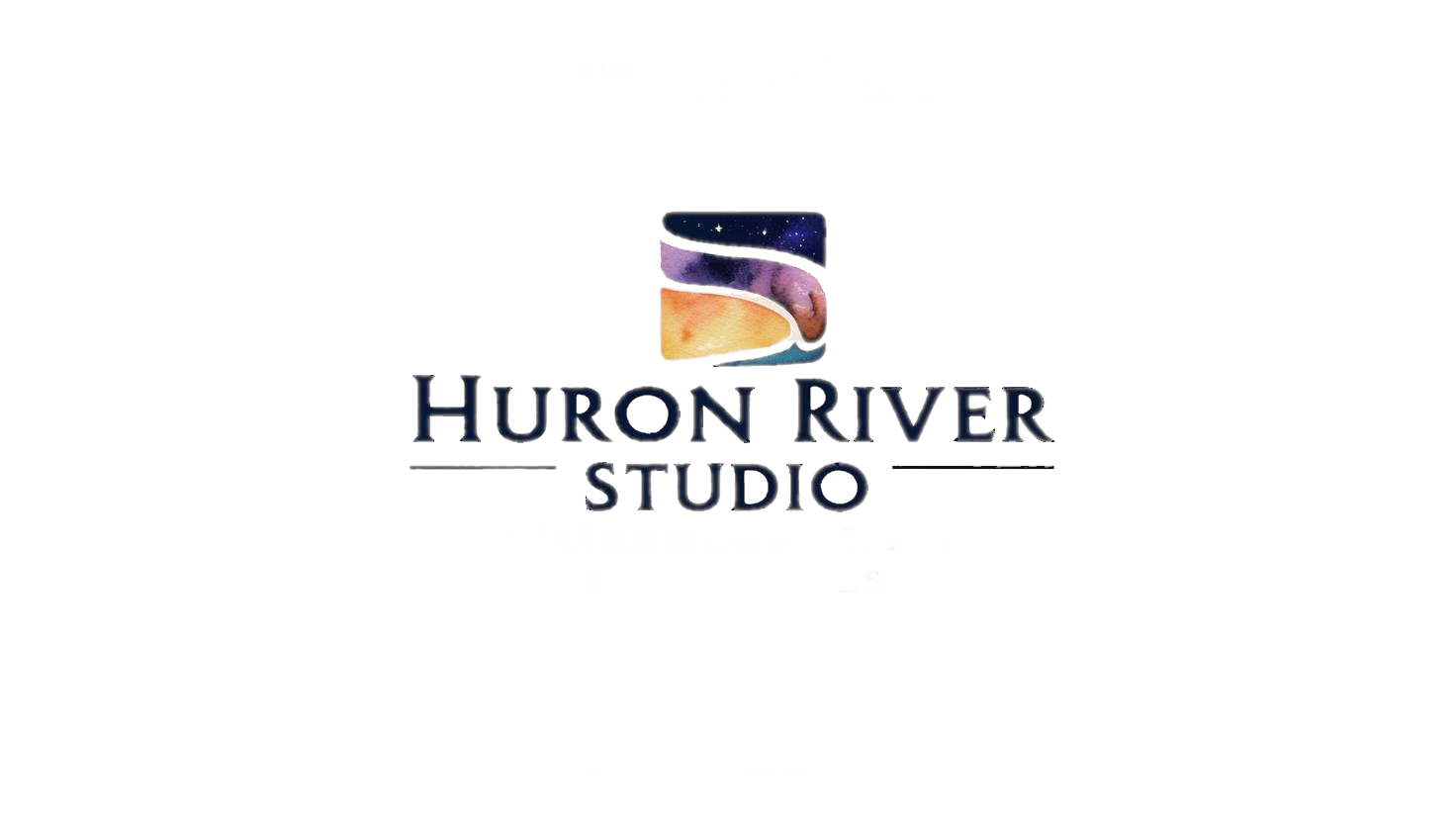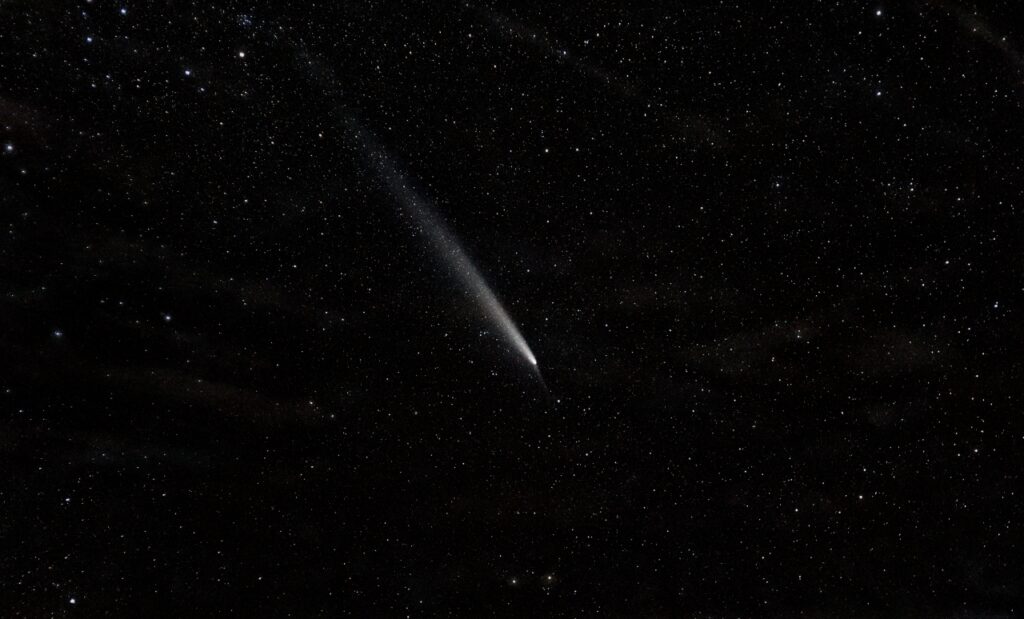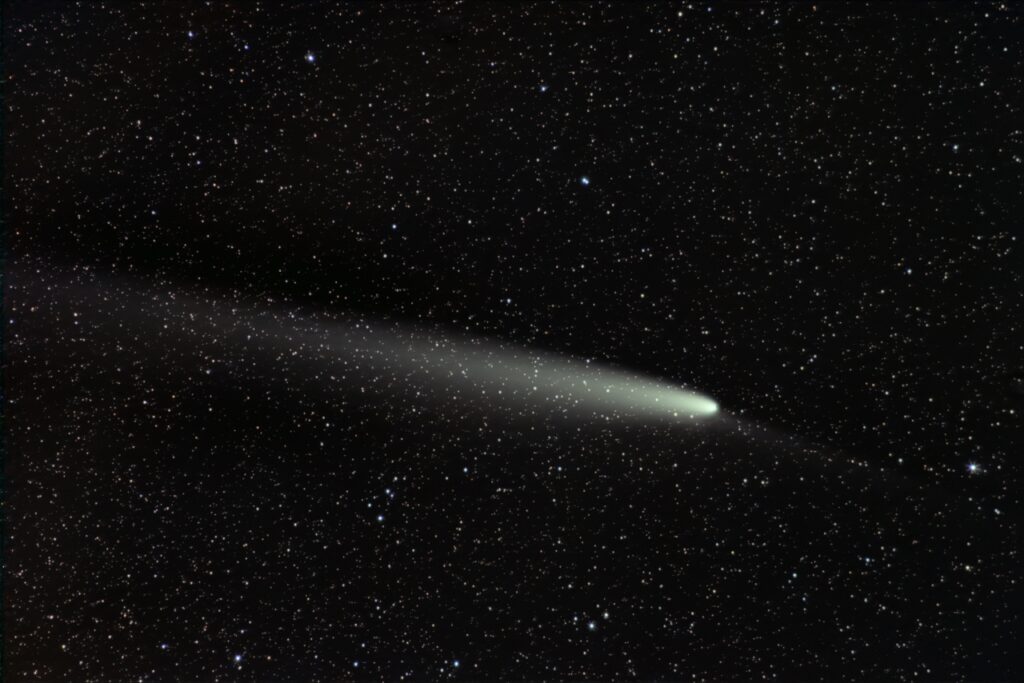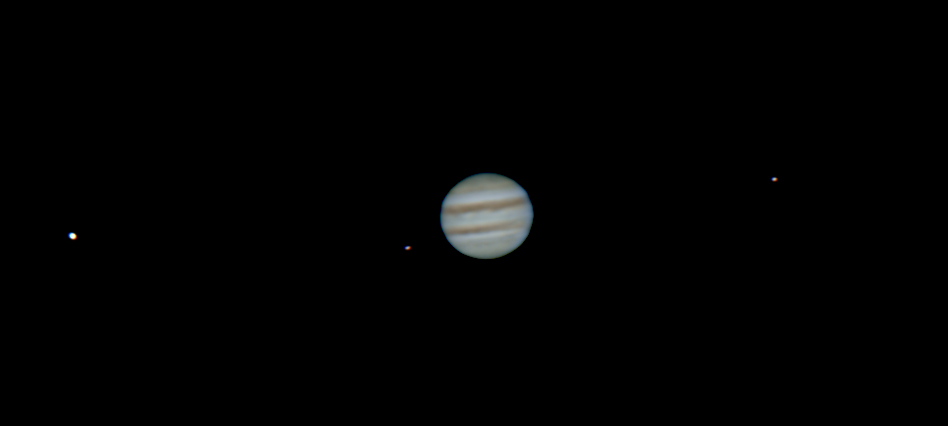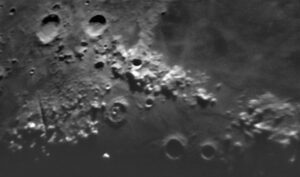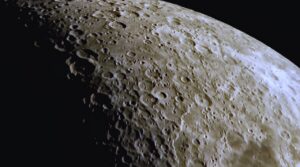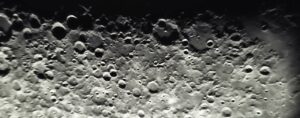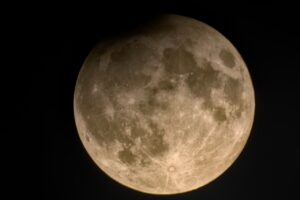Solar System Objects
click any image to showcase
Comet Atlas 2023 A3

The big solar system event of the fall was Comet 2023 A3. It rounded the Sun on Oct 12 and became visible to the naked eye a couple nights later, outshining Venus. Of course, our Michigan weather didn’t let me get a look at it until it had faded a week later. On the night this shot was taken, it was just visible as a smudge in the sky from the Bortle 3 sky at Burt Lake State Park. It is noted that this comet displayed an “anti-tail” which is the small spike of light that is opposite the tail starting at the nucleus of the comet extending toward the sun. This has not been seen since 1957, where the comet orbit plane is exactly in line with the earth from our point of perspective. What we are seeing is the debris from the comet being left behind in its passage, reflected by sunlight!
Jupiter
I do not own equipment to do justice to the largest of the planets. This image was stretching the limits of my equipment. Imaging solar system objects is actually done by video. Planets are usually done with extremely high power and the turbulence in the atmosphere is our enemy. The greater the magnification, the more the atmosphere distorts the image. The turbulence, called “seeing” causes the object to shimmer and come in and out of focus. This what causes the stars to “twinkle”. We use a technique called “lucky imaging”, which is exactly as it sounds. We take a video of the object, then use software to extract the 1-10% of the frames where the object was not out of focus. A 3 minute video will yield 4000-7000 frames. We try to get the 100 or so that are clear out of the batch. I included a short 10 second sample. You can see the planet shimmering and shaking. It is interesting to note that Jupiter spins so fast and the moons orbit so fast, that you can see the planet moving hour by hour. Because of this, we are limited to about a 3 minute video before the image begins to blur due to the planet’s rotation.

Luna
click on any image to showcase
Imaging the Moon is the same as the planets, using video. The close up shots are mostly of what is known as the “terminator”, the edge where the sunlit area fades into the shadow region. The best contrasted images are made close to this area as the sunlight is hitting the topography of the moon from the side. I have not done a lot of lunar imaging, but my favorite out of this bunch is the Northern Mountains with the canyon visible.

